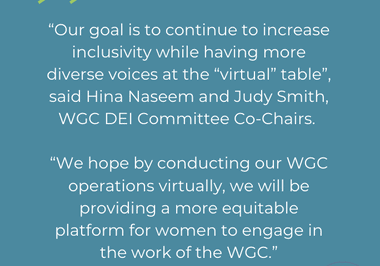Summer is finally on its way out, which means kids are heading back to school, and you’re heading back to work. You can just feel everyone’s excitement in the air [Ok, maybe not].
Thankfully, the ever-reliable Labor Day is there to serve as one more occasion to spend time with family and friends, and relax as summer bids us goodbye. But what does Labor Day really signify in this country, and why do we celebrate it? Here’s what you need to know!
Labor Day was signed into law as a federal holiday in 1894, though the formation of labor unions began long before then. As early as 1794, trade associations became recognized in individual cities as a way for skilled craftsmen to fight against wage reduction, and protect their jobs against the growing mechanization and cheap labor practices of the factory system. The Industrial Revolution was on its way! Soon, these trade unions expanded as a national and then international movement.
In the mid 19th century, some Americans worked as long as 12-hour days, seven days a week, in unsanitary and unsafe conditions, and for extremely low pay. Thus, a new breed of labor unions began to form to protect the growing number of unskilled industrial workers across the country. These groups, including the notable Knights of Labor, initially focused on promoting the general principles of labor reform for all workers, whereas trade unions continued to bargain and boycott for specific goals, such as higher wages for skilled workers only. The two groups eventually combined to form the American Federation of Labor (AFL) in December 1886, and it was around this time that the labor reform movement dissipated. Now unionization was viewed as a political necessity and tool for all workers to fight for their rights against other political parties and professions.
As previously mentioned, labor unions have international roots, and the traditionally American way of celebrating Labor Day appears to be a practice inspired by a Canadian movement from 1872. Unions were originally illegal in Canada, until this year when thousands of workers marched in a parade-style crusade to then-Prime Minister John Macdonald’s home in support of a nine-hour workday. Though the latter goal was not achieved, the right to unionize was, and Canadians continued this parade practice in celebration through the years.
Although the original founder of the American holiday is unclear, it is possible that Americans adopted the Labor Day parade at the suggestion of AFL leader Peter J. McGuire, who witnessed the celebration in Toronto, Canada in 1882. The first American worker’s parade, organized by New York City’s Central Labor Union, took place on September 5 of that year. Similar to the Canadian tradition, New York City laborers marched from City Hall to Union Square rallying for an eight-hour workday. However, the day was not considered an official holiday. Oregon became the first state to legalize it in 1887.
The march was recognized federally only after the devastating Pullman Railroad Strike in 1894, in which violence erupted, and two strikers were killed, after federal troops ordered by then-President Grover Cleveland, were called in to break up the strike. Though it’s an arguable outcome, history suggests President Cleveland signed a bill to make Labor Day a national holiday on June 28, 1894, as a way to reconcile relations with laborers before the elections that year. At the time, 31 states already recognized the holiday as a way to honor workers who were helping the country to grow both socially and economically at the time.
More than 148 million people are currently employed in the American labor force, though only 14.6 million people are union members, according to 2014 statistics. Though many workers don’t celebrate Labor Day in the traditional sense anymore, individual communities across the country continue to organize local Labor Day parades in honor of the blue-collar traditions that made, and continue to make this country great. So however you choose commemorate the day, take a moment to remember how your rights as an employee have evolved over time.
Now kick back and relax! You deserve it.




